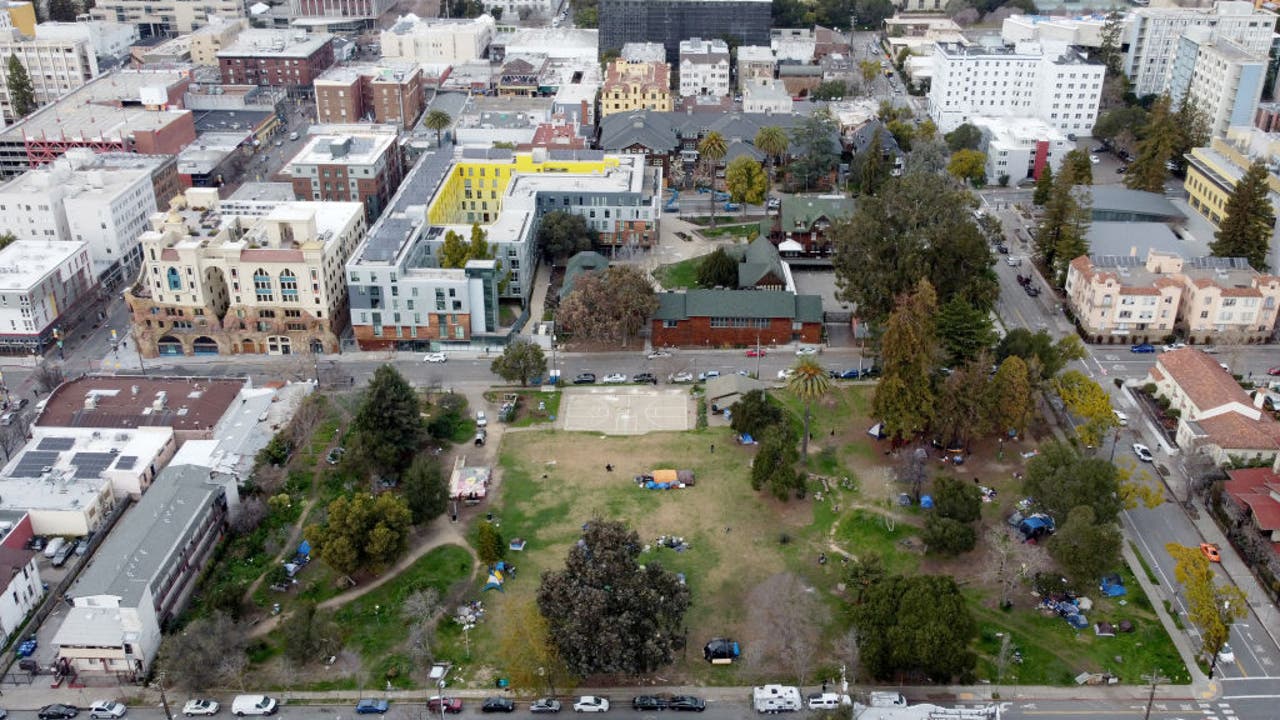Figured it would be good to make a separate thread about the housing crisis, how we got here, and whats being done to fix it… or make it worse.
To start it off heres an article I came across from the Atlantic discussing the topic.
Housing Breaks People’s Brains
“Anyone who’s been in a dumb recurring fight knows that the entire problem could be cleared up if everyone could just agree on
exactly what was said or done. But you can’t, so you end up stuck in a cycle of relitigation. Housing-policy discussions are like that. They descend into crushing bickering because even the basic facts are up for debate.”
“The most basic fact about the housing crisis is the supply shortage. Yet
many people deny this reality. Before I get to the veritable library of studies, our personal experiences compel us to recognize that housing scarcity is all around us. The most dire signs of a shortage are when even rich people struggle to find homes. Viral clips of
hundreds of yuppies lining up to tour a single Manhattan apartmentor stories of real-estate agents acting as
bouncers at open houses to keep things orderly—these vivid examples demonstrate that demand has far outstripped supply.”
“Once you accept the existence of a housing shortage, the obvious policy response is to build a bunch of homes. Research looking at
San Francisco,
New York,
Boston, and
52,000 residents across 12 U.S. metropolitan areas have all found that new housing brings down prices. This research makes intuitive sense: If new housing is built, most of the people who move in first vacate
other units. Those units then become available to newcomers, and so on. Solving a supply problem is of course
harder than making the number of homes equal the number of people—different people want different sorts of homes—but the fundamental point is that we need more homes near good jobs and schools, and that give people access to the communities and amenities that make life more enjoyable…”
https://web.archive.org/web/2022112...s-housing-supply-shortage-crisis-2022/672240/



